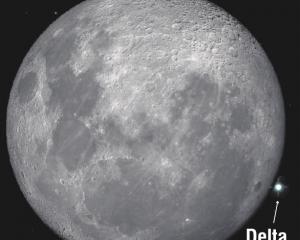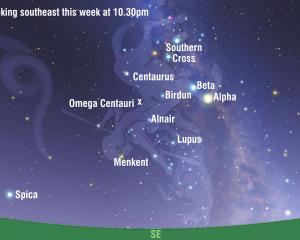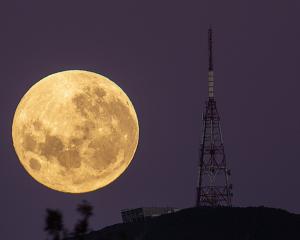
The second planet from the sun is presently moving through the constellation of Virgo. This week, Venus glides past Spica. Spica is the brightest star in Virgo and the 17th brightest star in the sky. Tonight, Venus is below Spica but, by this time next week, it will have moved to a position above the blue-white star.
Mercury, the solar system’s innermost planet, is also easily visible in the evening sky for the next few weeks. Look for a bright pinkish "star" below and to the left of Spica. The planet reaches its maximum elongation from the sun on September 14, so this week and next are just about the best time this year to enjoy views of Mercury in the evening sky.
If you have a telescope, it is definitely worth pointing it towards both Mercury and Venus. With sufficient magnification, you should be able to resolve the disks of the planets and see that both resemble the moon during its gibbous phase.
Keen photographers are in for a treat on Thursday and Friday night when the waxing crescent moon comes to the post-sunset celestial party. This could be a great lockdown project; it will be fascinating to record the nightly motions of Mercury, Venus and the moon against the background stars.
On Thursday night, the moon is two and a-half days past new and will be just over 6% illuminated. Look for its incredibly thin crescent to the right of Mercury. The next night, the moon will be more than 13% illuminated and can be found just below and to the right of Venus.
On both nights make sure to look out for the Da Vinci glow. Better known as "earthshine", the ghostly glow dimly illuminates the lunar surface. It is caused by sunlight that has reflected off both Earth and the moon before reaching your eyes.
- Ian Griffin












